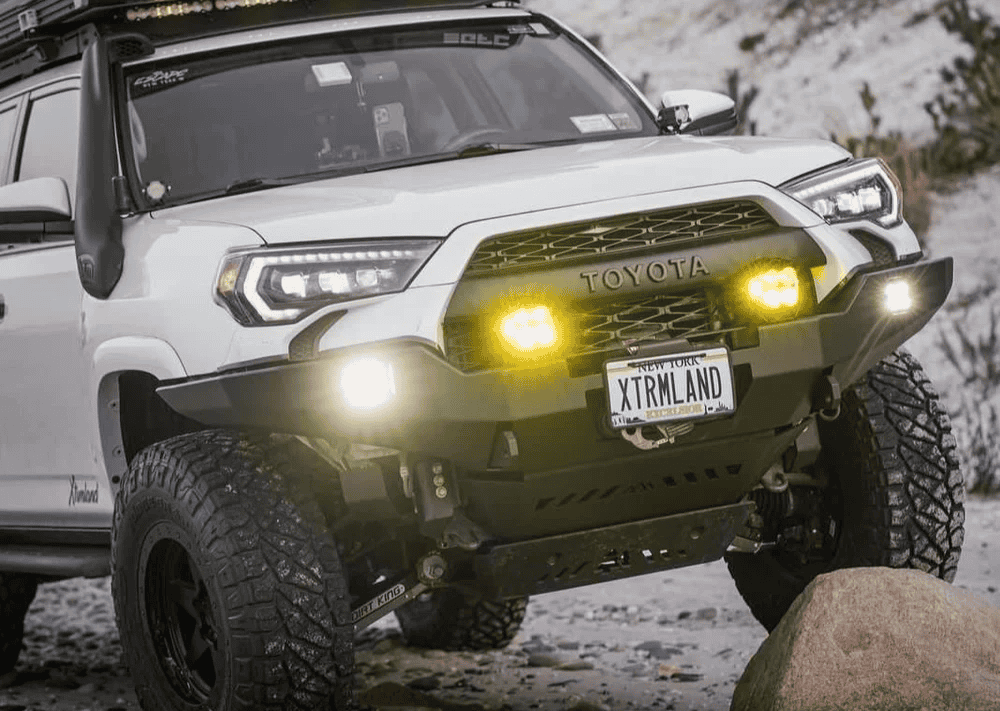Overland Vehicles

Power on wheels starts with energy storage, charging, conversion, and distribution working in concert. Storage uses deep cycle batteries that tolerate repeated discharge and recharge. Absorbed glass mat delivers lower entry cost and cold resilience, while lithium iron phosphate provides high cycle life, fast charging, deeper usable capacity, and lower weight. A battery management system protects lithium cells from over and under voltage and from extreme temperatures.
Charging pathways refill the bank while you drive, park, or plug in. Solar uses a charge controller to manage panel output. Maximum power point tracking generally harvests more in mixed weather than pulse width modulation. Alternator charging through a DC to DC charger protects the vehicle system and adjusts current and voltage for the house bank. Shore power uses a smart charger that matches chemistry and temperature.
Inversion and distribution turn stored energy into usable power. An inverter creates household current for outlets and appliances that are not native to the vehicle. Many builders choose inverter chargers to combine shore charging with outlet power in one device. A fused distribution panel organizes both low voltage and household circuits. Quality busbars, proper grounding, and tidy cable runs cut resistance and heat.
Start with an energy audit. List every device, note hours per day, and multiply watts by hours to get daily watt hours. Add a buffer for weather, detours, and future gear. Peak draw matters too. A compact induction cooktop or air conditioner can surge well above its running rating, so inverter and battery must handle the spike.
Voltage and wiring are the silent heroes. Larger wire reduces voltage drop over long runs and improves efficiency. Keep high current cables short and sized using accepted ampacity tables. Use a main fuse near the battery to protect the largest conductors. Group grounds on a busbar and bond the negative to chassis in a single controlled location to prevent stray paths.
Think about where and how you travel. Desert heat and mountain cold change battery performance and charging profiles. Provide ventilation around inverters and chargers. Keep batteries within their preferred temperature range for both longevity and safety. Plan service access for fuses, breakers, and shunts so you can troubleshoot quickly on a trip.
Protection is non negotiable. Every positive conductor should be fused or switched according to its amp rating. Use circuit breakers where you need manual reset. GFCI outlets help protect damp zones. For lithium banks, temperature sensors and low temperature cutoffs keep charging within safe limits. Isolate the house system from the chassis side using a DC to DC charger or an isolator designed for your alternator type.
Monitoring keeps you honest about usage and state of charge. A shunt based battery monitor provides accurate readings since it measures current in and out of the bank. Many modern systems offer Bluetooth apps for remote checks and graphs that reveal patterns. Label everything. Clear legends on panels and a laminated one line diagram can save a trip when something goes dark.
Reliability comes from tidy design and thoughtful serviceability. Secure cables against vibration. Avoid sharp bends and chafe points. Use adhesive lined heat shrink for strain relief. Choose marine grade tinned copper for corrosion resistance in damp environments. Keep spare fuses and a digital multimeter in the rig. When in doubt, favor simplicity over novelty.
Power systems are not one size fits all. A long weekend with a cooler and lights demands less than a cross country run with climate control and workstations. The design should match your rhythm and leave space for growth without a full rebuild.
Well planned onboard power management becomes the quiet teammate you forget about because it just works. When your cooktop fires on the first try and the battery monitor shows healthy numbers after a cloudy day, you know the design is paying off.
OZK Customs builds travel ready rigs with integrated electrical systems that prioritize safety, clarity, and serviceability. If your journey leans toward dirt roads and remote camps, explore our approach to Overland rigs and how we stage charging sources for real range. When you need a tailored layout, our Custom overland upfit process maps loads, routing, and protection to your use case. New to our shop or curious about our build philosophy. See Why choose OZK for the way we design, test, and hand off every system.
Your journey deserves power that starts every morning and sleeps easy every night. Share your goals and we will craft a plan that fits your routes, seasons, and gear so your energy system fades into the background and your adventure takes center stage.
Ready for reliable power on every mile. Tell us how you travel and we will map a system that fits your loads, adds headroom, and stays safe under stress. Share your goals and get a tailored plan from OZK Customs.
ADDRESS:
6159 E Huntsville Rd, Fayetteville, AR 72701
PHONE:
(479) 326-9200
EMAIL:
info@ozkvans.com